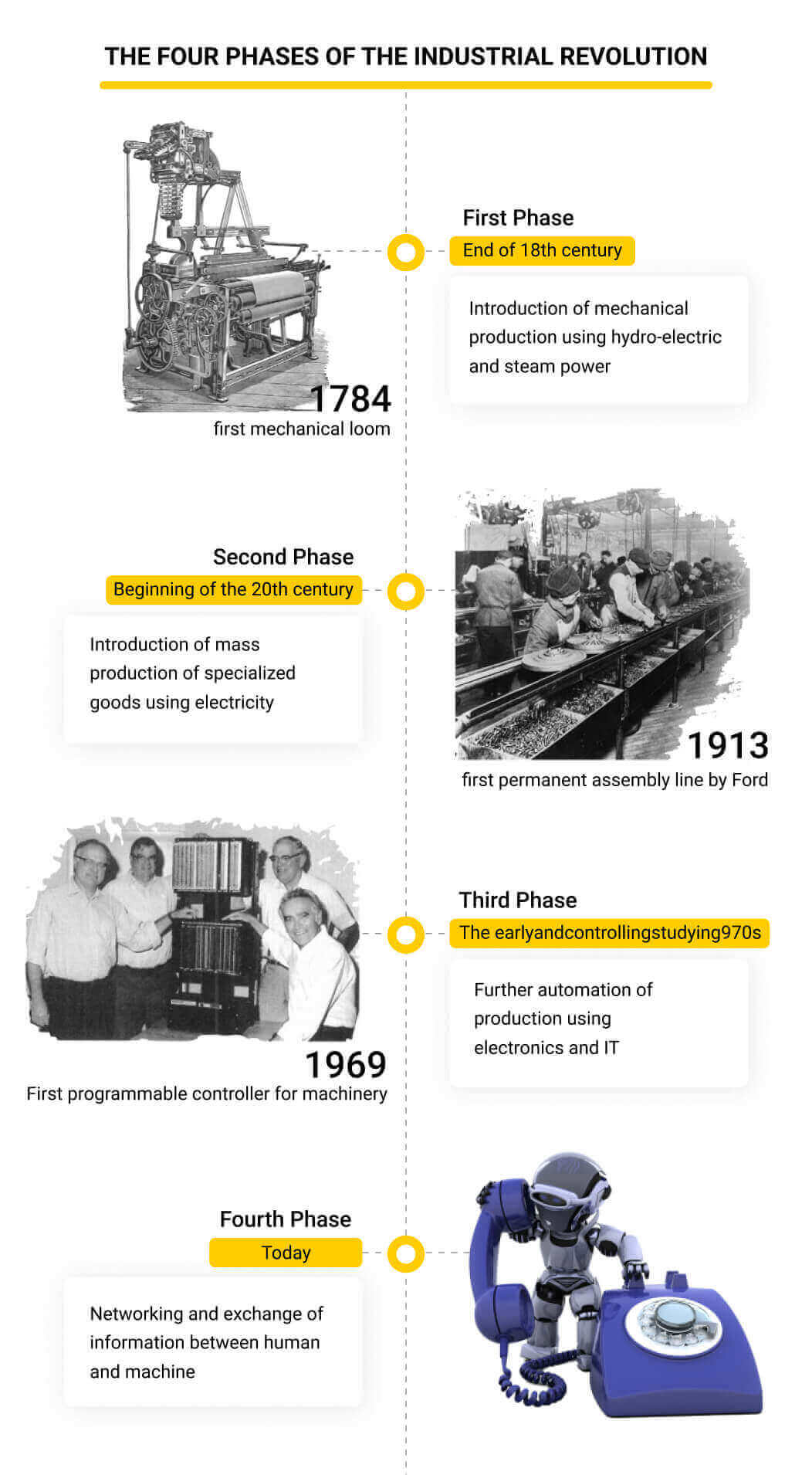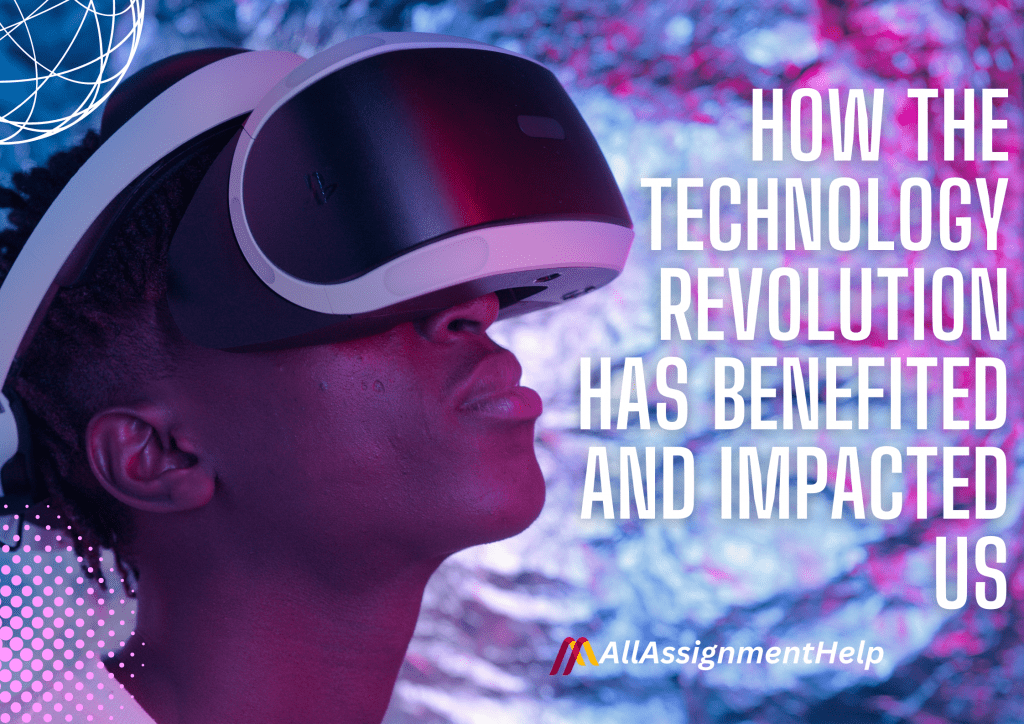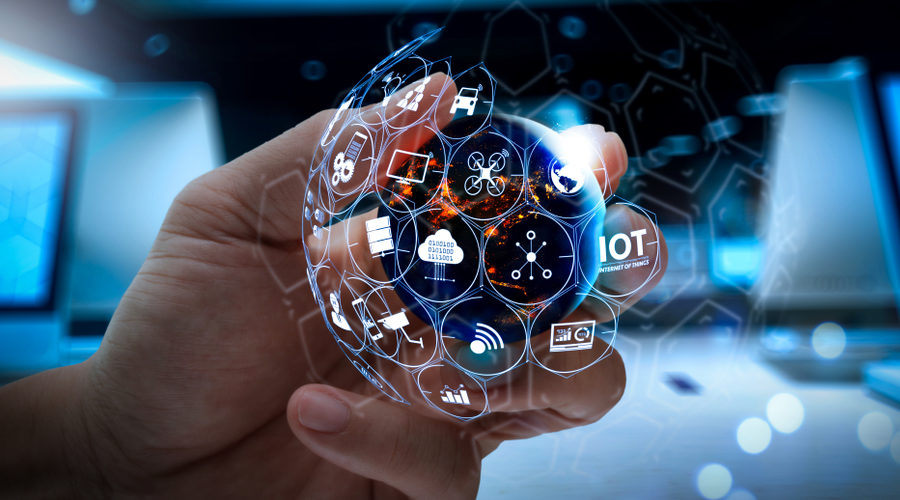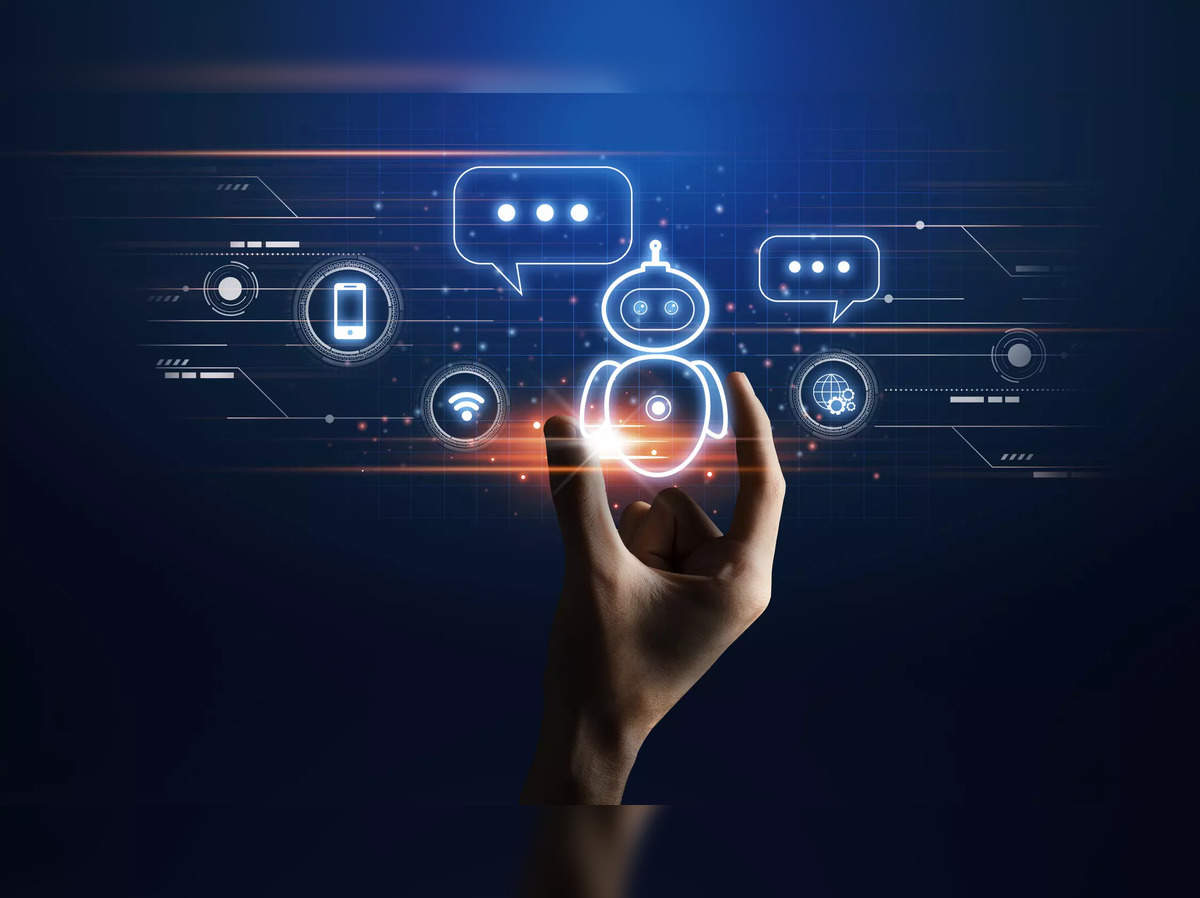Imagine a world where technology seamlessly connects us, enhances our lives, and transforms the way we live and interact. A world where artificial intelligence, virtual reality, and robotics come together to create a truly futuristic experience. This article explores the exciting advancements in technology that are revolutionizing our lives and shaping the future as we know it. From self-driving cars to smart homes, prepare to be amazed by the possibilities that lie ahead. Get ready to embark on a journey into the world of futuristic technology and discover how it is changing the way we live and thrive.

Artificial Intelligence
Artificial Intelligence (AI) is a revolutionary technology that aims to develop computer systems capable of performing tasks that would typically require human intervention. One of the key components of AI is machine learning, which allows machines to learn from and adapt to data without explicit programming. Machine learning algorithms empower computers to identify patterns and make predictions or decisions based on the information they have been trained on.
Natural Language Processing (NLP) is another exciting field within AI that focuses on enabling computers to understand, interpret, and respond to human language. NLP leverages techniques such as sentiment analysis, language translation, and speech recognition to bridge the gap between human language and machine understanding. With NLP, machines are becoming better at comprehending context, intent, and sentiment, unlocking numerous possibilities for improved human-computer interactions.
Computer Vision is an AI discipline that involves teaching machines to interpret and analyze visual data just like humans do. By using advanced algorithms, computers can not only understand images and videos but also perform tasks such as object detection and recognition, facial recognition, and image captioning. Computer Vision enables applications such as autonomous vehicles, surveillance systems, and medical imaging, making it an indispensable technology for various industries.
Deep Learning is a subset of machine learning that mimics the structure and functionality of the human brain’s neural networks. It involves training artificial neural networks with vast amounts of labeled data to recognize complex patterns and perform intelligent tasks. Deep Learning has had remarkable success in image and speech recognition, natural language processing, and recommendation systems. With its ability to handle unstructured data, Deep Learning has the potential to revolutionize industries such as healthcare, finance, and entertainment.
Virtual Reality
Virtual Reality (VR) has transformed the way we experience and interact with digital content. By immersing users in a computer-generated environment, VR provides an unparalleled level of engagement and realism. One of the most popular applications of VR is in the gaming industry, where players can be transported into virtual worlds and experience games like never before. The immersive nature of VR creates a sense of presence that enhances storytelling and gameplay, giving gamers a truly unforgettable experience.
Beyond gaming, VR has found its place in various industries for training simulations. From flight simulators for pilots to surgical simulations for medical professionals, VR allows trainees to practice and gain valuable experience in a safe and controlled environment. Virtual tours enable individuals to explore distant locations and historical sites without leaving their homes, providing a new way of experiencing travel and education. Additionally, VR-based teleconferencing enables real-time collaboration and communication, reducing the need for physical presence and facilitating remote work and meetings.

Internet of Things
The Internet of Things (IoT) is an interconnected network of devices, sensors, and objects that can communicate and exchange data with each other. IoT technology enables seamless automation and connectivity in various domains, offering numerous benefits and opportunities. Smart Home Automation allows homeowners to control their appliances, lighting, security systems, and more from anywhere using their smartphones or voice assistants. This technology enhances comfort, convenience, and energy efficiency in residential settings.
Connected Vehicles are transforming the automotive industry by enabling vehicles to communicate with each other, infrastructure, and the driver. This connectivity empowers features like predictive maintenance, real-time navigation, and vehicle-to-vehicle communication, improving safety, efficiency, and the overall driving experience. Smart Cities leverage IoT to optimize resource management, enhance public services, and improve citizen safety and quality of life. By integrating data from various sources, smart cities can intelligently manage traffic, energy consumption, waste management, and more.
In industrial settings, IoT plays a vital role in automation, efficiency, and safety. Industrial Automation utilizes IoT to enhance manufacturing processes, monitor equipment health, and optimize energy consumption. With real-time data and remote access, industries can reduce downtime, increase productivity, and ensure worker safety. The potential applications for IoT are limitless, and as more devices become interconnected, the possibilities for innovation and improvement expand exponentially.
Augmented Reality
Augmented Reality (AR) adds virtual content to the real world, overlaying digital information onto the physical environment. This technology enhances our perception by providing additional information or context. AR has gained popularity in retail, where it offers an enhanced shopping experience. By using AR-enabled apps, customers can visualize how furniture or clothing would look in their homes or on themselves before making a purchase. This technology bridges the gap between online and offline shopping, allowing users to explore products in a more interactive and immersive way.
AR also has significant potential in educational applications. By incorporating digital content into textbooks or educational materials, students can engage with the subject matter through interactive simulations, 3D models, and virtual experiments. AR-based real-time navigation can assist individuals in finding directions and points of interest, making it a useful tool for tourists and explorers. Additionally, AR can revolutionize workplace training by overlaying instructions, diagrams, or virtual mentors in real-time, enhancing productivity and knowledge transfer.

Robotics
Robotics is the field of engineering and science that deals with the design, development, and application of robots. Robots are programmable machines that can interact with their surroundings and perform tasks autonomously or under human control. In the realm of automated manufacturing, robots are transforming the production lines by increasing efficiency, precision, and speed. By replacing human labor with robots, companies can reduce costs, improve product quality, and optimize workflow.
In the medical field, surgical assistants are revolutionizing the way delicate procedures are performed. Surgical robots offer benefits such as enhanced precision, minimal invasiveness, and reduced human error. They enable surgeons to perform complex surgeries with greater accuracy and control, leading to improved patient outcomes and faster recovery times. Additionally, robots are making their mark in space exploration, where they can be used for tasks such as collecting samples, maintaining equipment, and undertaking missions in environments too hazardous for humans.
Personal assistants, such as voice-activated smart speakers, are becoming an integral part of our daily lives. These AI-powered robots can perform tasks such as playing music, setting reminders, answering questions, and controlling connected devices. With advancements in robotics, personal assistants are becoming more intelligent, capable, and intuitive, making them valuable companions for various tasks and activities.
Blockchain
Blockchain technology is a decentralized, transparent, and secure system for recording transactions and ensuring their integrity. Originally developed for digital currencies like Bitcoin, blockchain has gained recognition for its potential application in various domains. By providing a secure and tamper-proof record of transactions, blockchain enables secure digital transactions without the need for intermediaries like banks or financial institutions. This technology also offers the potential for faster, more transparent, and cost-effective transactions, benefitting industries such as finance, supply chain management, and real estate.
Supply Chain Management can be streamlined and made more efficient using blockchain. By recording every transaction and movement of goods, blockchain ensures transparency and traceability throughout the supply chain. This enables better product quality control, faster dispute resolution, and reduced counterfeiting. Decentralized Applications (DApps) are another exciting aspect of blockchain technology. These are applications built on top of blockchain networks, offering enhanced security, privacy, and monetary incentives compared to traditional centralized applications.
Identity Verification is an area where blockchain can bring significant benefits. By leveraging a decentralized network, individuals can have control over their digital identities, reducing the risk of identity theft and fraud. Blockchain-based identity verification can provide a more reliable, secure, and traceable means of establishing and verifying identities, benefiting industries such as banking, healthcare, and e-commerce.

Biotechnology
Biotechnology utilizes biological processes, organisms, or systems to develop or improve products and technologies. In recent years, biotechnology has made tremendous advancements, offering groundbreaking solutions in various fields. Gene Editing technologies like CRISPR-Cas9 have revolutionized genetic research and have the potential to cure genetic diseases by modifying DNA sequences. This technology holds promise in personalized medicine, agriculture, and environmental conservation.
Regenerative Medicine offers the potential to repair, replace, or regenerate damaged cells, tissues, or organs, leading to transformative treatments for diseases and injuries. Techniques like stem cell therapy, tissue engineering, and organ transplantation are advancing the field of regenerative medicine and offering hope to individuals suffering from conditions that were previously incurable.
Personalized Healthcare is an approach that tailors medical treatments to the individual characteristics of each patient. With advancements in biotechnology, personalized medicine is becoming a reality. By analyzing an individual’s genetic makeup, lifestyle, and medical history, healthcare professionals can develop customized treatment plans and preventive strategies, leading to better patient outcomes and improved overall health.
In the agricultural sector, biotechnology is driving advancements in crop improvement, pest control, and food production. Techniques such as genetic engineering and precision agriculture enable the development of crops with desirable traits, increased yield, and enhanced resistance to diseases and environmental stresses. Biotechnology also plays a vital role in developing sustainable agricultural practices, minimizing the use of chemicals and reducing the environmental impact of farming.
Nanotechnology
Nanotechnology involves manipulating and controlling materials at the nanoscale, which is the scale of atoms and molecules. This field offers limitless possibilities for creating advanced materials with unique properties and characteristics. Advanced Materials developed through nanotechnology have applications in various industries, including electronics, healthcare, and energy. For example, nanoscale materials can enable the development of smaller and more efficient electronic devices, leading to advancements in computing power, energy efficiency, and miniaturization.
Electronics Miniaturization is one of the key areas where nanotechnology has significantly contributed. The ability to fabricate electronic components and devices on a molecular scale has driven the development of smaller, lighter, and more powerful electronic devices. Nanotechnology has led to advancements in areas such as semiconductor technology, display technology, and sensor technology.
Energy Storage is critical for renewable energy sources and the transition to a sustainable future. Nanotechnology has the potential to revolutionize energy storage by enhancing the performance and efficiency of batteries and supercapacitors. By developing nanomaterials for energy storage applications, we can improve the capacity, charging speed, and lifespan of energy storage devices, making renewable energy sources more viable and widespread.
Medical Diagnostics is an area where nanotechnology has made significant contributions. By leveraging nanoscale materials and techniques, we can develop highly sensitive and selective diagnostic tools for early disease detection. Nanosensors, nanoparticles, and nanodevices enable precise and targeted detection of biomarkers, viruses, and cancer cells, improving diagnosis accuracy and patient outcomes.

Renewable Energy
Renewable Energy represents a crucial aspect of addressing climate change, reducing carbon emissions, and transitioning to a sustainable energy future. These sources of energy are naturally replenished and have minimal environmental impact compared to fossil fuels. Solar Power harnesses the energy from the sun and converts it into electricity. Solar panels, also known as photovoltaic panels, are used to capture sunlight and generate clean, renewable energy. Solar power offers the potential for decentralized energy generation, reducing dependence on traditional energy grids and increasing energy independence.
Wind Power involves harnessing the energy from the wind to generate electricity through wind turbines. As the wind blows, it rotates the blades of the turbine, converting the kinetic energy into electrical energy. Wind power has seen significant growth in recent years and has become a reliable and cost-effective source of clean energy. Large-scale wind farms and offshore wind projects contribute significantly to the global renewable energy capacity.
Hydroelectricity is generated by harnessing the power of flowing or falling water. It is one of the oldest and most widely used renewable energy sources. Hydroelectric power plants exploit the potential energy of water stored in reservoirs or the kinetic energy of flowing rivers to generate electricity. Hydroelectricity is clean, reliable, and capable of supplying large-scale power to communities.
Geothermal Energy utilizes the heat generated by the Earth’s core to produce electricity or heat buildings. Geothermal power plants tap into underground reservoirs of steam or hot water to generate energy. This renewable energy source is highly sustainable and accessible in areas with geothermal activity. Geothermal energy has the potential to be a significant contributor to the global energy mix, especially in regions located near tectonic plate boundaries.
Space Exploration
Space Exploration has always fascinated mankind, and technological advancements have opened up new possibilities for exploring the vastness of the universe. Colonization of Other Planets represents a potential future for humanity, where we establish sustainable habitats and communities on celestial bodies like Mars or the Moon. With advancements in space travel technology, we are inching closer to making this dream a reality. Colonizing other planets holds the promise of expanding human civilization, safeguarding our species, and unlocking valuable resources.
Asteroid Mining is another exciting frontier in space exploration. Asteroids contain valuable resources like rare metals, water, and organic compounds. By mining asteroids, we can access these resources and alleviate the strain on Earth’s finite resources. This could potentially revolutionize industries such as manufacturing, energy production, and space exploration itself.
Satellite Communication is an integral part of modern life. Satellites enable global communication, weather monitoring, navigation, and scientific research. As space technology advances, satellite networks become more sophisticated, enabling faster and more reliable communication services for remote areas and disaster-stricken regions. The continuous improvement of satellite technology contributes to the advancement of numerous sectors and supports global connectivity.
Space Tourism is an emerging industry that aims to offer recreational space travel experiences to private individuals. With the development of reusable rockets and spacecraft, space tourism companies are working towards making space travel more accessible and affordable for the general public. This industry holds the potential to open up new horizons for adventure, exploration, and scientific research, fostering a new era of space enthusiasts and adventurers.
The future holds incredible potential for these futuristic technologies. From the advancements in AI and robotics that can reshape industries and improve our daily lives to the development of renewable energy sources that can mitigate climate change, the possibilities are vast. As we continue to push the boundaries of what is possible, embracing these technologies with careful consideration and responsible implementation will be key to creating a better and brighter future for all.
